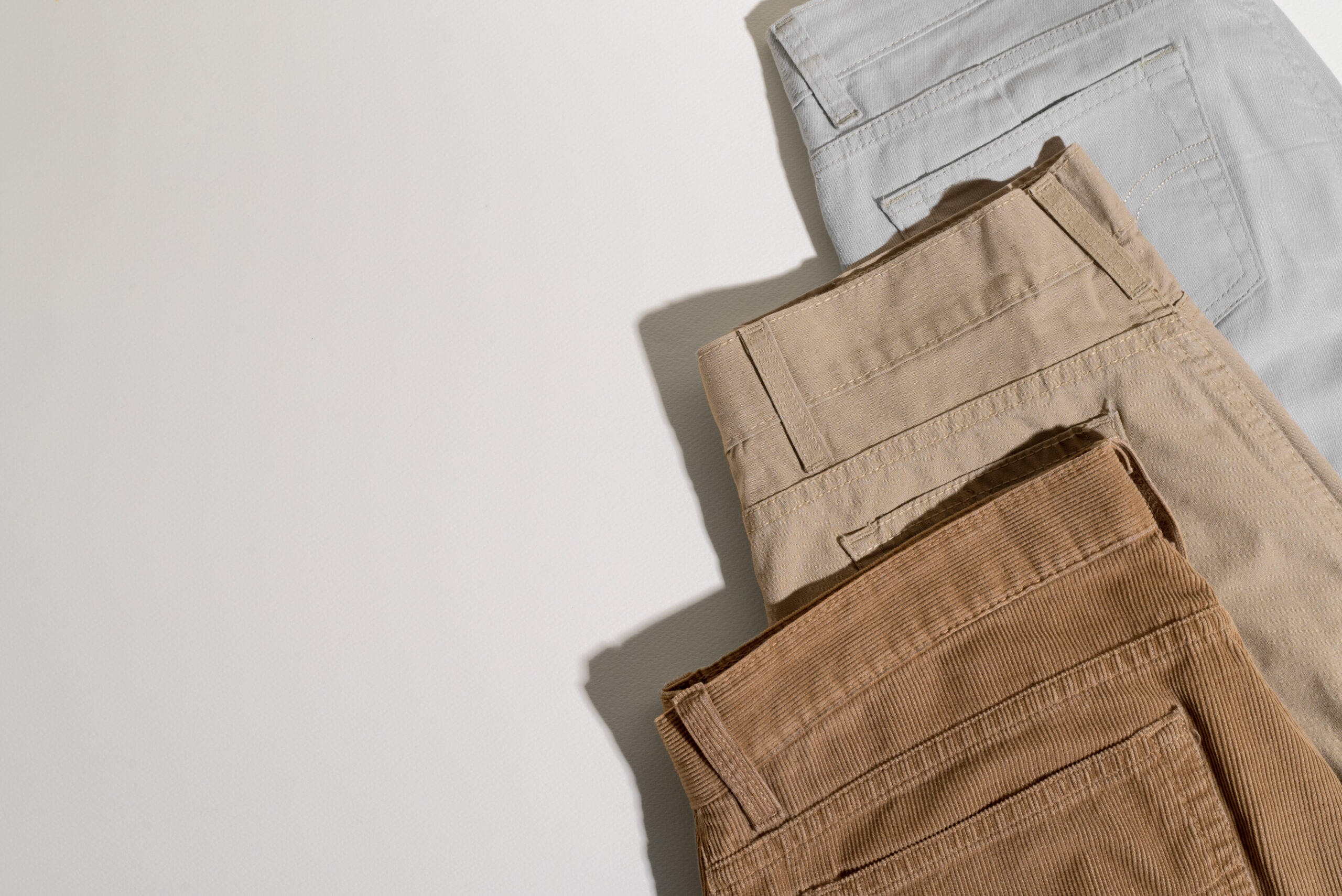Sustainable clothing is more than just a passing trend – it embodies a conscious lifestyle choice that an increasing number of individuals are embracing to lessen their environmental impact. By opting for eco-friendly garments, we contribute to a greener future. However, the journey towards sustainability doesn’t end with the purchase. Proper maintenance of these pieces is paramount to maximise their longevity. By learning how to care for your sustainable wardrobe correctly, you not only prolong the lifespan of your clothes but also further diminish your carbon footprint. Here are ten tips to guide you in ensuring that each item of sustainable clothing you possess remains a cherished part of your wardrobe for years to come.
1: Master Reading Care Labels
Care labels aren’t just suggestions; they’re the manufacturer’s way of communicating the best way to keep your clothes in top condition. Learn the symbols and instructions for washing, drying, ironing, and dry-cleaning your garments. Typically, sustainable materials like organic cotton or Tencel require gentle care to preserve their natural integrity.
2: Wash with a Purpose
Washing machines are water guzzlers, and excessive laundering can contribute to premature wear and tear. Adopt a less-is-more mindset and wash your clothes only when necessary. When you do, use cold water – it’s gentler on the planet and your clothes. Utilise the delicate cycle for most sustainable fabrics and avoid harsh detergents that contain chemicals harmful to the environment and your health.
3: Air Dry It
Air-drying your clothes is not only energy-efficient but also extends the life of your garments by preventing shrinkage and preserving the colour and shape. Hang or lay flat your sustainable wardrobe pieces away from direct sunlight to avoid fading. Bonus: It’s a natural way to fight odours and reduces the need for frequent laundering.
4: Steam Instead of Iron
When dealing with sustainable fibres, it’s important to handle them delicately to prevent damage. High-heat ironing can be harsh on these fabrics, so opt for using steam to refresh your clothes instead. In cases where stubborn wrinkles persist, consider using lower heat settings or placing a protective cloth between the iron and the garment for added care.
5: Beware the Bleach
Harsh chemicals like bleach are foes of the sustainable wardrobe. They not only harm the environment during the wash cycle but can weaken or break down natural fibres over time. If your garment is stained, explore eco-friendly stain removal options, such as a baking soda paste or vinegar solution, before reaching for the bleach.
6: Store Smartly
How you store your clothing has a major impact on its longevity. Fold knits to prevent stretching and hang structured items to maintain their shape. Use natural materials like cedar or lavender to keep moths at bay and to add a pleasant, chemical-free freshness to your closet.
7: Repair with Intention
Sustainable fashion often means timeless pieces that can last for years. When you notice a small tear or a loose button, mend it quickly to prevent further damage. Learning basic sewing skills or finding a reliable local tailor can be game-changers in extending the lifespan of your wardrobe.
8: Freeze Out Unwanted Odours
If you’re dealing with pesky odours but don’t want to overwash your clothes, try freezing out the smell. Place your garment in a sealed plastic bag and pop it in the freezer overnight. The cold will kill odour-causing bacteria, leaving your clothes smelling fresh without the environmental impact of a full wash.
9: Rotate Regularly
Do you have a favourite sustainable piece that you wear every week? Give it a break. Overwearing can lead to faster deterioration. Instead, rotate your wardrobe regularly to allow garments to rest, recover their shape, and reduce the frequency of washings.
10: Refashion and Reinvent
If you find yourself rarely reaching for a clothing item, don’t discard it; reinvent it. Turn old jeans into trendy cut-offs, or transform a maxi dress into a flowy skirt. Not only does this practice save you money, but it also reduces waste and adds a DIY charm to your wardrobe.
By integrating these sustainable care tips into your garment maintenance routine, you’re not only reducing your ecological footprint but also ensuring that your eco-friendly fashion statements last for the long haul.
Common Materials Used in Sustainable Clothing
Organic Cotton
Derived from non-genetically modified plants and cultivated without pesticides or synthetic fertilisers, organic cotton is a hallmark of sustainability. Its production process reduces environmental impact and promotes soil health.
Hemp
Hemp is an incredibly versatile and durable natural fibre. It requires minimal water and no pesticides, making it an eco-friendly choice for fashion. Additionally, its strength means it’s less prone to deterioration, even with regular wear.
Tencel (Lyocell)
This fabric is made from sustainably sourced wood pulp, often from eucalyptus trees, in a closed-loop process that recycles almost all water and solvents. Tencel is not only biodegradable but also renowned for its softness and breathability.
Recycled Polyester
Turning plastic bottles into clothing might sound like a stretch, but that’s the beauty of recycled polyester. This material saves existing resources and gives a second life to materials that would otherwise end up in landfills or oceans.
Bamboo
Bamboo grows rapidly and requires minimal resources, making it a poster child for sustainable fashion. The fabric is exceptionally soft and naturally moisture-wicking, ideal for a variety of wardrobe staples.

The Benefits of Choosing Sustainable Clothing
Environmentally Conscious
Sustainable clothing considers the entire lifecycle of a garment, from production to disposal. This approach minimises the use of harmful chemicals, reduces carbon footprints, and often necessitates less water and energy.
Supports Ethical Labor Practices
Many sustainable brands prioritise fair labour practices, ensuring that workers receive living wages and operate in safe conditions. By choosing these labels, you’re supporting a commitment to social responsibility within the fashion industry.
Longevity and Quality
Sustainable clothing is typically made from higher-quality materials, which translates to longer-lasting garments. Investing in a durable wardrobe means less frequent shopping and disposal, which can be economically and environmentally beneficial in the long run.
Encourages Innovation
The demand for sustainable fashion drives innovation in the industry. Brands are developing new technologies and materials to create stylish, eco-friendly clothing, pushing the boundaries of what “green” fashion can be.
Individual Style and Expression
Sustainable fashion often encompasses unique, one-of-a-kind pieces that allow individuals to express their style. By wearing these distinctive items, you’re making a statement both sustainably and stylistically.
Conclusion
In conclusion, choosing sustainable clothing is not only better for the environment but also supports ethical labour practices, promotes quality and longevity, encourages innovation, and allows for individual expression. By making conscious decisions when it comes to our wardrobe choices, we can make a positive impact both socially and environmentally. So next time you go shopping, consider opting for sustainable fashion brands –

